My concern/question: If one has a string of series RGB LEDs (w/ independent elements) and was to light green to 100% and red to approximately 75% -- in an effort to illuminate the Amber color -- how consistent will the color be from one LED to the next. More specifically, is the human eye capable of perceiving any discrepancies? Clearly this is heavily dependent on the type of LED chosen, so please allow me to clarify further.
What I’m looking to do is drive a sting of RGB LEDs (independent elements), where each string (Red / Green / Blue) is controlled via a switch-mode controller. In essence, each string is controlled via a constant current source. Thus, there will be three controllers: one for the red string; one for green string; and one for blue string.
Luminous intensity (i.e. the mcd output of the LED) is fairly linear with respect to current (I realize it's not perfect). Therefore, for all intents and purposes, we’ll assume if we cut current in half, we cut the luminous intensity of the associated string in half.
LEDs are far from perfect. This is to say that, when comparing one LED to the next, luminous intensity across the elements (for a given current) will be different. Particularly, the LEDs I’m looking at (ASMB-TTB0-0A3A2) employ the following luminosity spectrum (@20mA).
To make this a bit simpler, let's assume we have only two LEDs. Let's also assume that we have determined the normalized amount of current that needs to be pumped through the Red and Green elements in order to emit a perfect amber color. The main question is, when considering the worst-case luminous variance between the two LEDs under test, can the difference in color be perceived?
I have the LEDs of interest on order, and the necessary components in the lab (to build constant current sources) to allow me to do some testing and perhaps collect some empirical data. Going back to our assumption that current linearly maps to the mcd output, one could vary current through elements to effectively mimic the luminous variance effect, no? The issue with this, however, is that I do not know where I'm starting at on the luminous spectrum. For example, let's assume I increase RED to 9.01 mA while decreasing GRN to 0.88mA to explore one of the worst-case scenarios. If the LED was already at the upper end of the RED spectrum, and here I am further increasing RED's current (mcd output), I've misrepresented the worst-case, if that makes sense.
My questions:
- Am I overly concerned here?
- Does anyone have experience with a similar paradigm and could share some tribal knowledge?
- How reasonable/unreasonable is my proposed lab experiment?
Sorry for rambling, as I'm new to this site (or posting to the site, anyway). I thoroughly searched for my answer, and although I found answers related to matching intensity across elements, I did not discover topics related to color consistency. I'm very appreciative of your time/effort in helping me answer this question.


